Which Episodes of Criminal Minds Was to Be Continued
The 17 Best 'Criminal Minds' Episodes, Ranked
The best episodes with the most memorable unsubs!
In many ways, Criminal Minds is similar to countless other police procedurals that popped up on network television in the wake of Law & Order and CSI . Like those two venerable institutions, it adheres to a strict formula, as easy for the showrunners to make as it is for audiences to binge-watch. Criminal Minds centers on the FBI's Behavioral Analysis Unit, or the BAU, a clever and attractive bunch of criminal profilers who travel across America to solve crimes with the power of psychology. (In real life, the BAU rarely leaves their headquarters, but television's gonna television.) In the average episode, a new threat is established, the BAU banter their way through the case, and catch the baddies in the nick of time. There are exceptions, especially as the show neared its end, but for the most part, that's how episodes unfold.
Every element of Criminal Minds is of a piece with other network procedurals. The character archetypes are familiar: there's a stern father figure in charge, there's a stuttering nerdy genius, there's a playful tech expert, and over the course of the series there are many no-nonsense women with brown hair. The production has that slick CBS sheen which brings to mind time spent on a couch watching reruns on a Saturday afternoon. Even the soundtrack, consisting of omnipresent ambient cues and the occasional needle drop, is similar to what one would find on NCIS .
But what sets Criminal Minds apart from NCIS is that Criminal Minds is unhinged. The sheer number of serial killers the BAU finds over the years is frightening enough, like some country-wide version of Murder, She Wrote 's Cabot Cove. But the killers in Criminal Minds are rarely satisfied with murder methods as pedestrian as stabbing or strangling. They skin people alive! They feed people to rats! They set a house ablaze and put on a fire suit to watch the family burn to death! They tear a woman apart with rabid dogs! And that's only in the first two seasons! It's not quite Hannibal levels of disturbing, but it comes pretty close.
At its weakest, Criminal Minds verged on PG-13 torture porn, relishing the horrible things done to terrified young women and not remotely earning its resolutions. (Mandy Patinkin, the show's original star, agreed, which is why he stepped away.) But it was also capable of some great, tense television, as well as the occasional detour into gleeful insanity. Here are the top 17 episodes that show Criminal Minds at its best.
17. "Rock Creek Park" (Season 10, Episode 18)
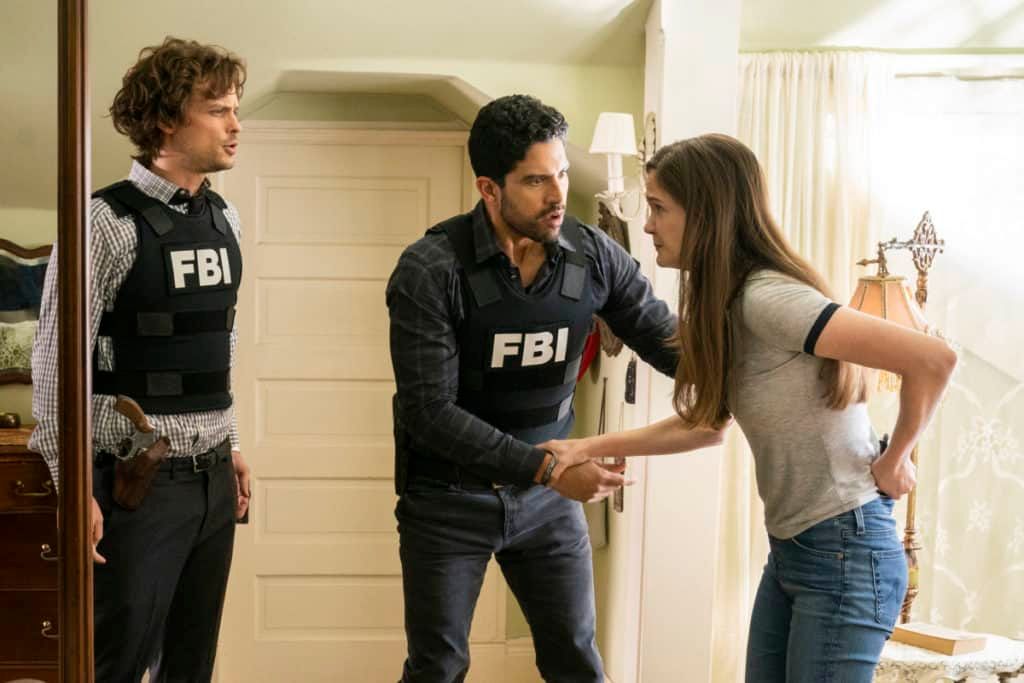
Criminal Minds had a formula, and for the most part, it stuck to it; when it deviated, it was usually as part of a greater arc for one of the characters (as with most episodes named after a BAU member: "Penelope," "Lauren," "Spencer," etc.) But sometimes there were episodes that didn't center around a serial killer at all, but rather another criminal who needed to be profiled. The underrated "Rock Creek Park" doesn't focus on serial murders or even a regular murder: it focuses on an abduction. When the wife of an up-and-coming congressman is kidnaped, the BAU is tasked to figure out which of Benjamin Troy (Chris McKenna)'s enemies might have done it. The actual reveal isn't quite as shocking as the episode might think (hint: no one casts an Oscar nominee for no reason), but the show often crackled as a sort of political thriller, and the intrigue, coupled with the change of pace, makes this one sing.
16. "The Good Earth" (Season 8, Episode 5)

Criminal Minds pushed the boundaries of its TV-14 rating a lot harder than other procedurals of its ilk, but even for this show "The Good Earth" is gnarly. The UnSub is a woman by the name of Emma Kerrigan (Anne Dudek), a hypochondriac health nut who hallucinates rashes and scabs all over her body. After her scleroderma clears up once she spreads her late husband's ashes over her tomato garden, Emma decides that the sensible, level-headed thing to do is to force-feed captives soil additives, kill them with an axe, and grind them up with a wood chipper to use as fertilizer. Criminal Minds sometimes struggled to nail the right tone when it came to the more outlandish UnSubs, taking a dull, by-the-book procedural approach to characters who were one step removed from Batman villains. But "The Good Earth" manages to strike the balance, making Emma feel somewhat plausible while still reveling in the utter grotesquery on display. How many other shows will have someone steal a pregnant woman's placenta?
15. "Heathridge Manor" (Season 7, Episode 19)
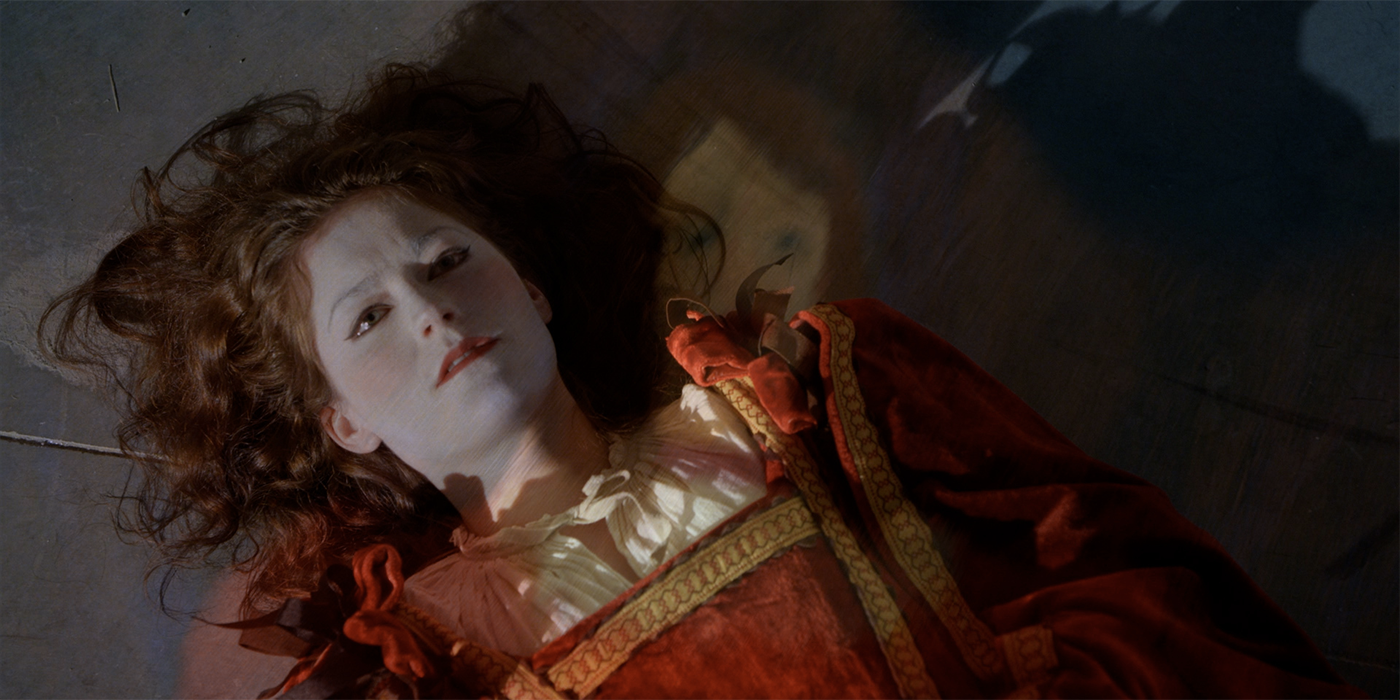
When a Criminal Minds episode has a "directed by Matthew Gray Gubler" credit, it's as much of a warning as "directed by Alan Alda" was for M.A.S.H. : things are about to get dark. Gubler, who also played the BAU's resident awkward genius Spencer Reid, directed some of the series' best-remembered episodes, some of which will appear further down the list. "Heathridge Manor" lacks the emotional punch of those episodes, but it makes up for it with sheer gothic brio. Centering on a series of ritualistic murders in Oregon, "Heathridge Manor" has everything: hallucinations, poisoned dresses, incest, a baby with their arm cut off, The Merry Wives of Windsor . And who's that at the end, knocking on the titular manor's door? Could it be… Satan? Criminal Minds was at its best when it was unafraid of getting weird, and "Heathridge Manor" is proof.
14. "The Lesson" (Season 8, Episode 10)
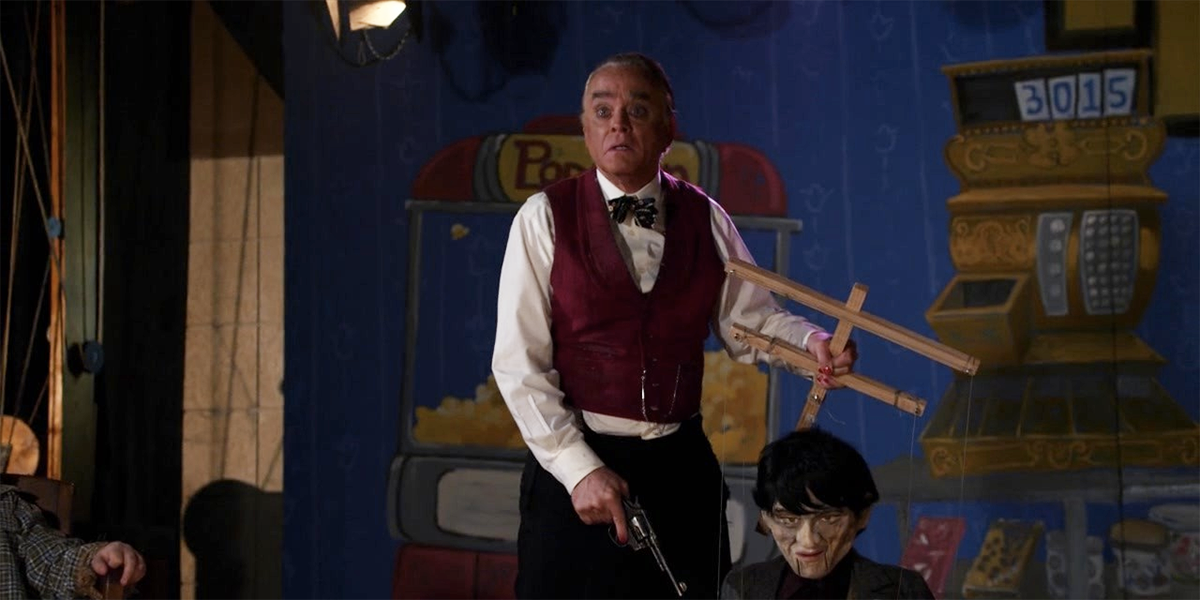
Speaking of getting weird: human puppets! The UnSub this episode, excellently played by character actor Brad Dourif, is Adam Rain, a traumatized puppeteer who wants to give his father's tragic murder a happy ending. With the help of a complex pulley system, a hole-boring device, several terrified hostages, and a can-do attitude, he sets out to do just that. Criminal Minds has always had nightmarish imagery for a TV-14 show, and "The Lesson" might be one of its most frightening episodes: it can't show everything, but viewers might wish it showed even less. The scene where Rain uses his pulley system to make a limp, agonized woman dance to a lullaby version of "Where Is My Mind?" is like a scene from some grotesque David Lynch/Eli Roth collaboration. And say, doesn't Rain's assistant seem a little wooden…?
13. "The Big Wheel" (Season 4, Episode 22)
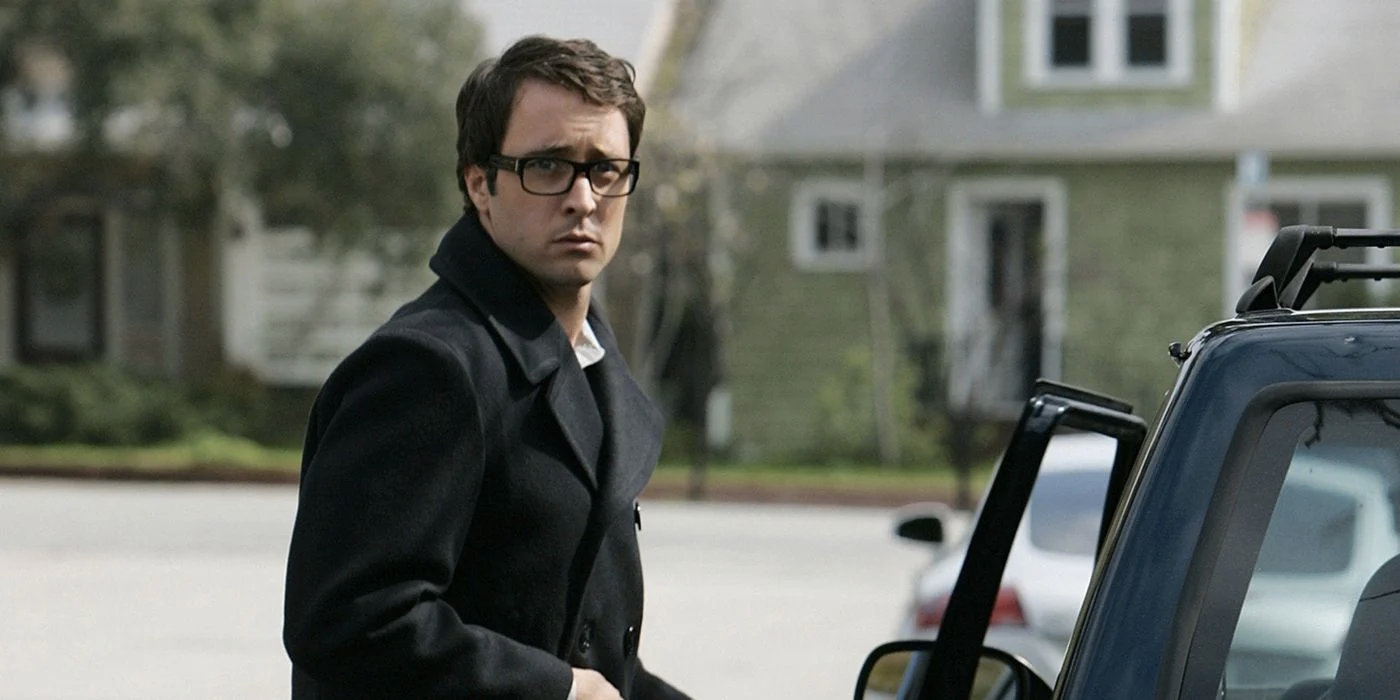
Not every episode of Criminal Minds is horrifying. Sometimes, they're just deeply sad. There have been plenty of sympathetic UnSubs, but few are as sympathetic as poor Vincent Rowlings (Alex O'Loughlin), a shy young man with OCD who witnessed his mother's murder and is compelled to re-enact it again and again. Criminal Minds' treatment of mental illness isn't always delicate, but "The Big Wheel" handles OCD relatively well. Vincent's rituals, such as obsessively changing his slippers or wrapping his car wheel in plastic (or indeed, stabbing people), aren't things he wants to do, but things he has to do. Add in a subplot where he befriends a blind boy whose mother he murdered, and "The Big Wheel" moves inexorably towards tragedy.
12. "Pleasure Is My Business" (Season 4, Episode 16)
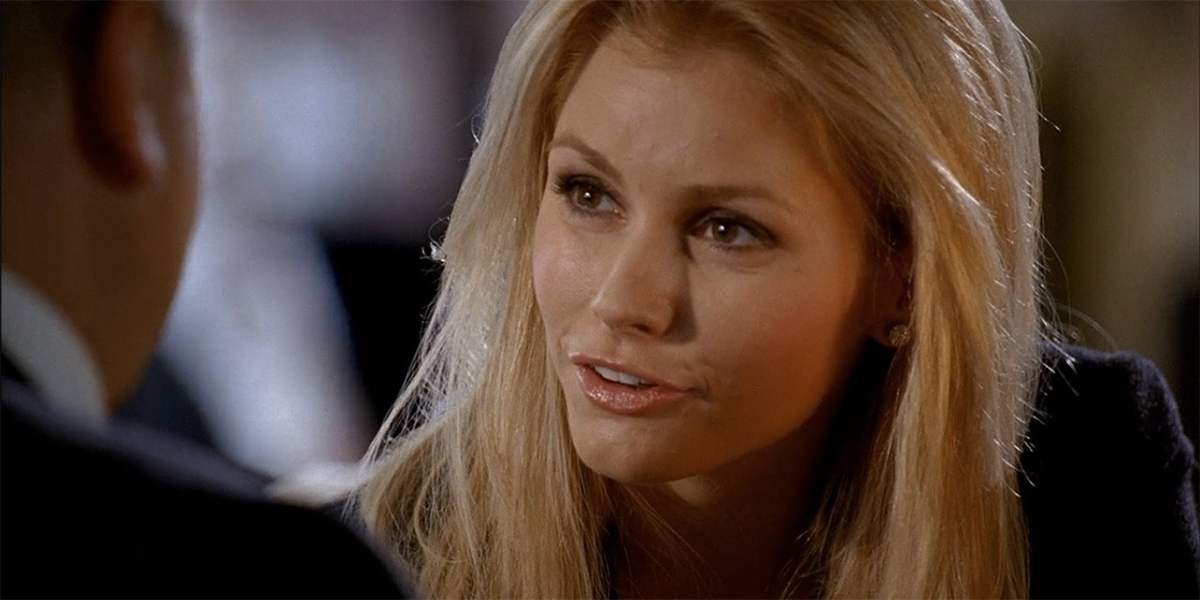
As the BAU is sure to point out every time they encounter one, female UnSubs are rare; even in this setting where America has more serial killers than Cinnabon locations, the majority are male. But that just makes the episodes with female killers more memorable, and Megan Kane (Brianna Brown) is among the most memorable of them all. A glamorous call-girl who poisons rich dirtbags evading their alimony payments, Kane is sympathetic to the point of being an anti-hero: one might finish the episode wishing there was a whole movie about her. It's a pity she dies at the end, but at least she gets revenge on her dad – and a sweet scene with Aaron Hotchner (Thomas Gibson), the BAU agent she says is "the first man I ever met who didn't let me down."
11. "L.D.S.K." (Season 1, Episode 6)
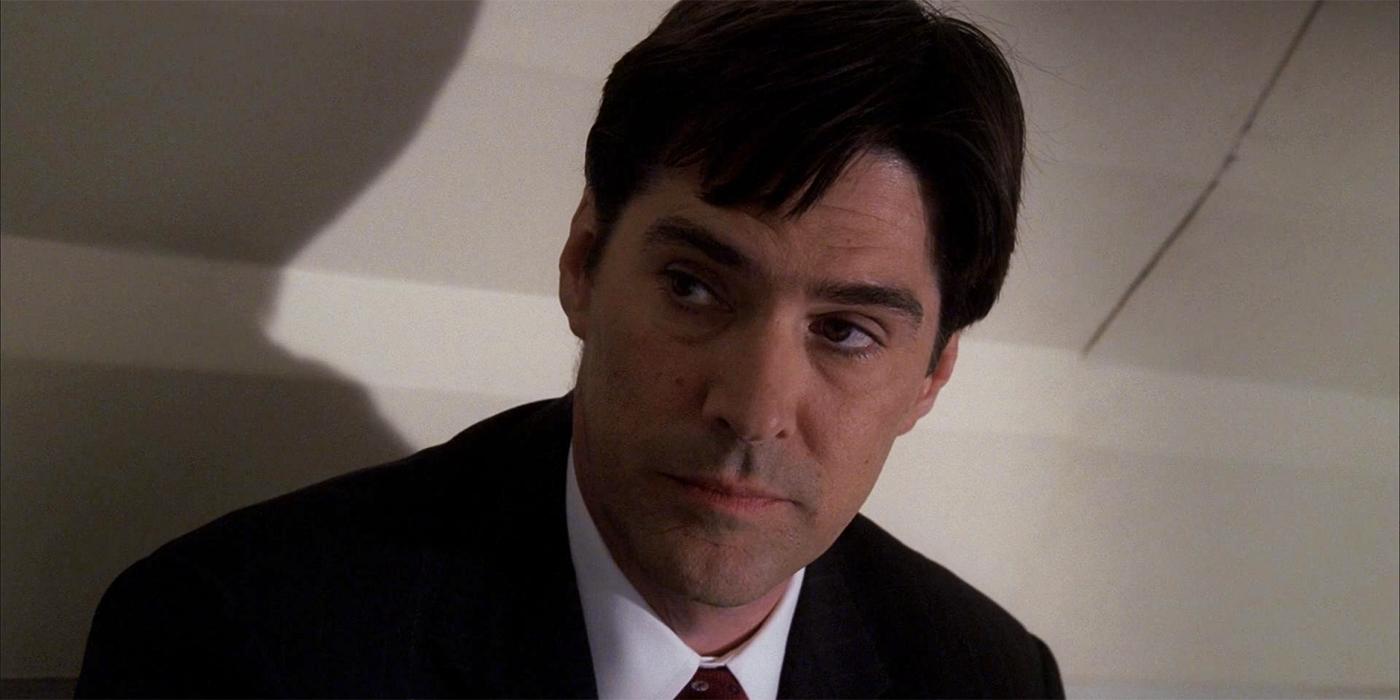
The title stands for "long-distance serial killer," and just the concept of that is frightening enough. Keeping away from dark alleyways and ominous strangers is one thing, but how does one keep safe from a killer several football fields away? Based on the case of the Beltway snipers, "L.D.S.K." sustains tension through some nifty bits of misdirection–there are not one but two red herrings–before finally culminating in a harrowing hostage crisis, in which both Reid and Hotchner are caught. Hotch, as ever, has a plan: it's heartbreaking to see him speak about Reid with such convincing contempt, but when it becomes clear that it's a gambit to disarm the UnSub it's a thrill. And hey, at least Reid got his digs in back: "You kick like a nine-year-old girl," he teases, and the BAU's bond grows ever stronger.
10. "Amplification" (Season 4, Episode 24)
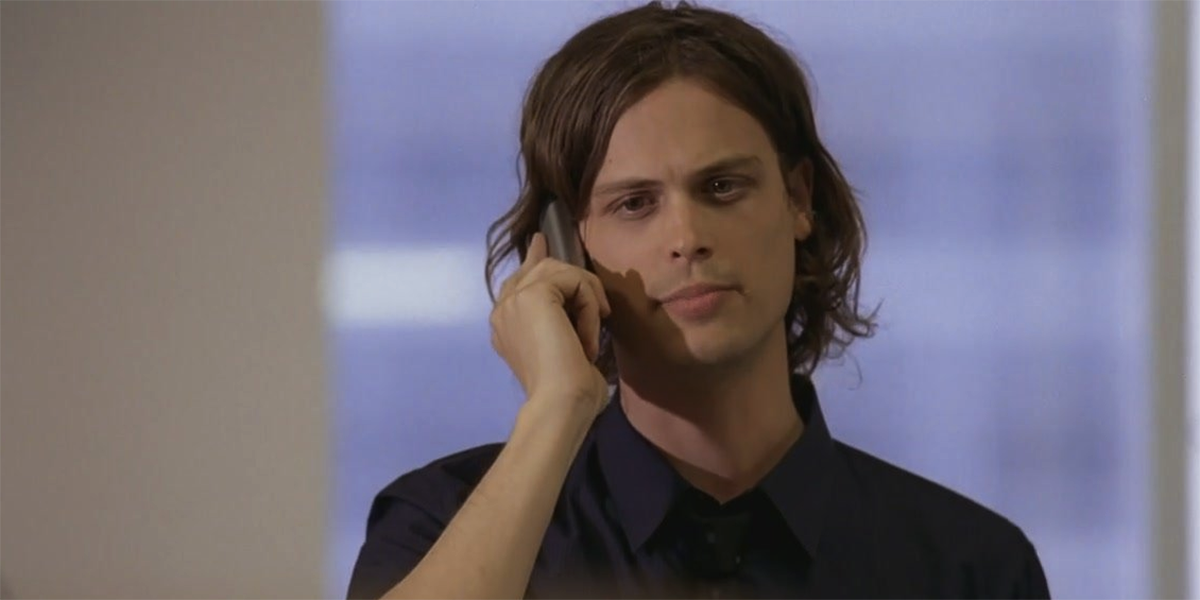
Here's another case based on real life, and another with a great big dose of paranoia. A homegrown terrorist has developed a new strain of anthrax even more virulent than before, and he's releasing it in public places to show how vulnerable America is to enemy attack. The lung-ravaging, organ-hemorrhaging disease is bad enough, but public panic would make matters even worse – and so the BAU has to stay quiet, despite the danger it poses to themselves and their loved ones. This is another one of those episodes that could have been fleshed out into a full movie, but the brisk pace reinforces the urgency of the situation. The best part is the chilling capper, when the anthrax is stored in an army base – alongside thousands and thousands of other biological weapons the public knows nothing about.
9. "Lucky" (Season 3, Episode 8)
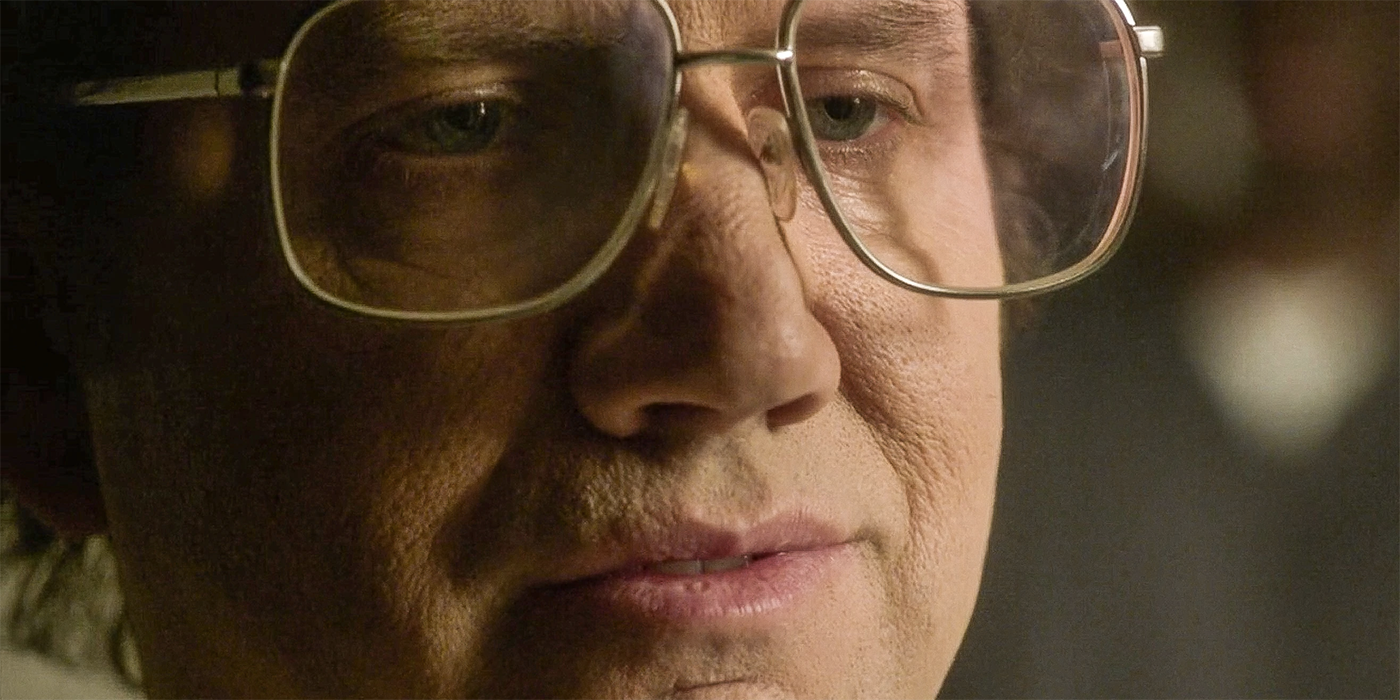
Criminal Minds, like Law & Order, provided opportunities for typecast actors to try their hand at playing a villain. A few other ringers will show up later on this list, but first, let's look at the most surprising success: who knew Jamie Kennedy had it in him? Best known as a smartass from the first few Scream movies and Son of the Mask , Kennedy is skin-crawling as the Satanic cannibal Floyd Feylinn Ferell (note the repetition of the sixth letter of the alphabet). Maybe it's just easy to believe Kennedy as a force of evil, but he's convincing as a being of pure malevolence: take the scene where he reveals to a priest just what (or who) was in that chili he ate. It would be a lot to handle even without the cliffhanger, where the BAU's beloved tech wizard Penelope Garcia (Kirsten Vangsness) is shot by her date.
8. "Mr. Scratch" (Season 10, Episode 21)
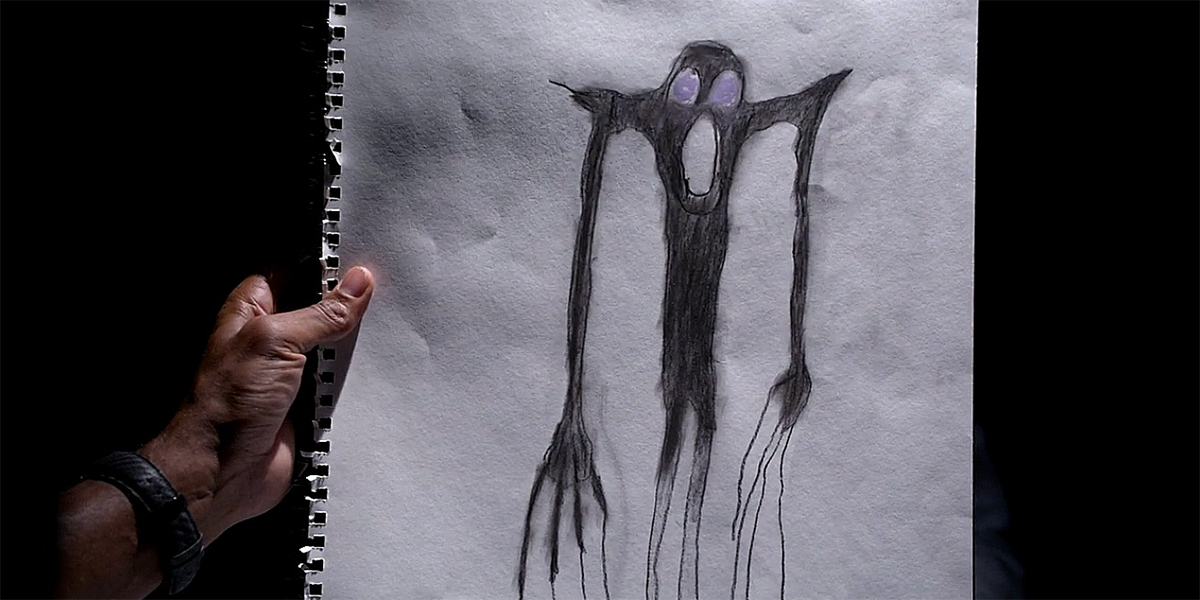
Yes, the murder method is somehow more ludicrous than the episode where a guy hacked into an entire airplane. And yes, Peter Lewis (Bodhi Elfman) would show up in later episodes as the most boring, obnoxiously unstoppable villain in the show's history. But that doesn't make "Mr. Scratch" any less unnerving. Like "Heathridge Manor," "Mr. Scratch" was directed by Matthew Gray Gubler, who (forgive the cliché) understood the assignment. Criminal Minds suffered when it treated bonkers plots about delusional boy pirates and quasi-werewolves as though they were remotely normal. Leaning into the surreal horror of the plot, where a man uses drugs to make people kill their loved ones in a hallucinogenic stupor, is a smart choice: through the horror elements, it somehow makes it more believable. It's impossible to control drug effects so neatly, but "Mr. Scratch" makes it feel eerily plausible – especially when the drugs are used on Hotch.
7. "The Uncanny Valley" (Season 5, Episode 12)
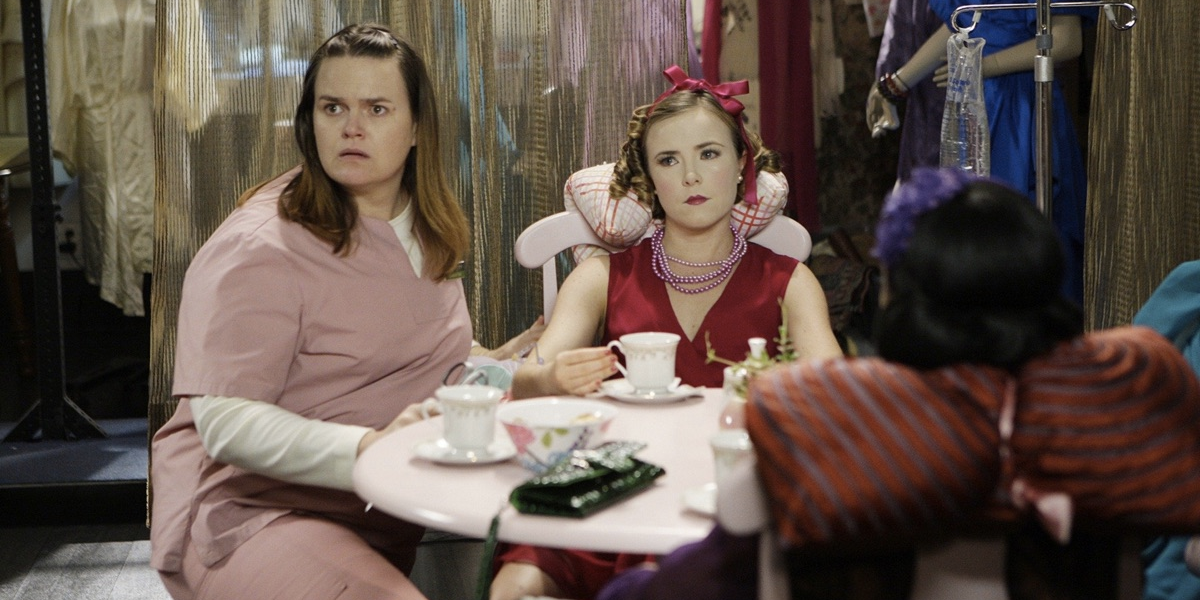
Some episodes of Criminal Minds go all-in on horror, while others focus on making the UnSub a sympathetic figure. "The Uncanny Valley" is a rare episode that manages to do both. The victims of Samantha Malcolm (Jennifer Hasty) are subjected to a nightmarish fate: paralyzed by a cocktail of muscle relaxants and neural inhibitors, they're turned into living dolls, conscious of every moment until they die of a brain hemorrhage. The episode gets plenty of mileage out of those blank, made-up faces, as well as Samantha's predilection for sewing wigs onto the scalps of her "dolls." But Samantha isn't the real villain: that would be her father (Jonathan Frakes), a child psychologist who molested her and tortured her into silence. The depths of her trauma add another layer of horror to this episode and eventually leads to a genuinely sweet coda.
6. "Mosley Lane" (Season 5, Episode 16)
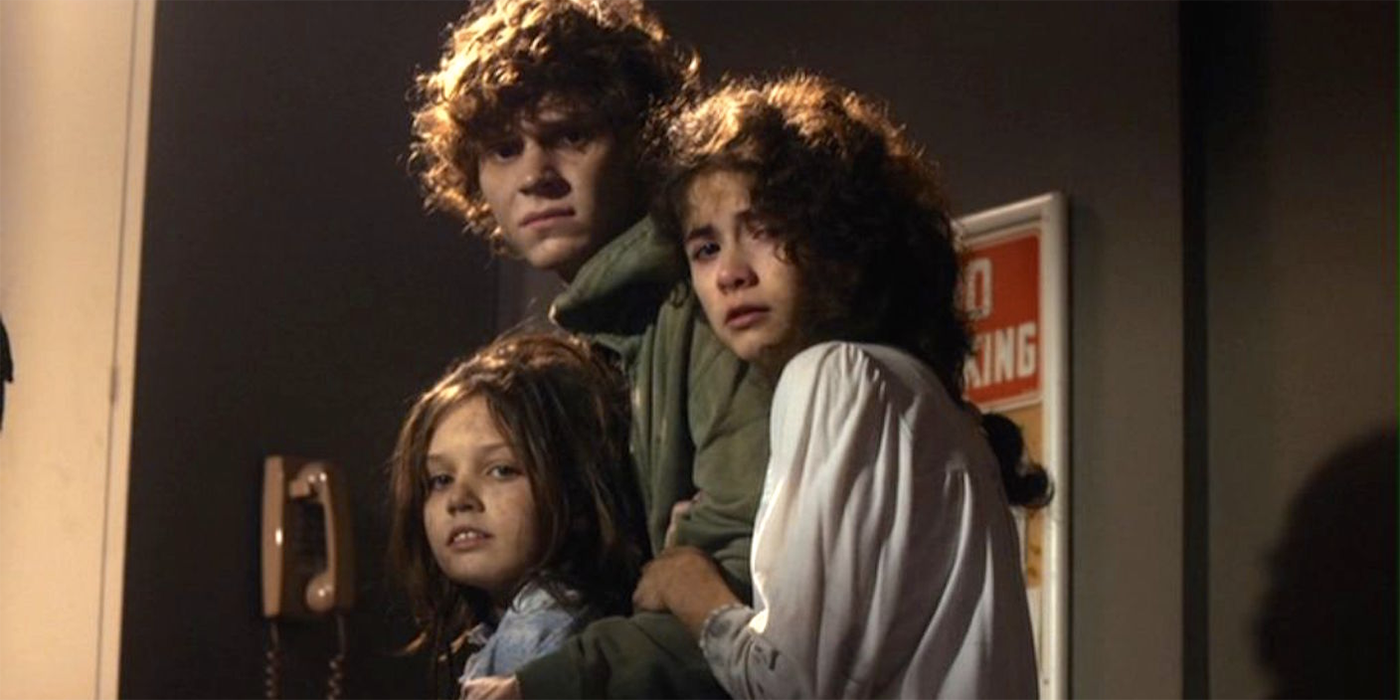
Criminal Minds was not squeamish about terrible things happening to children, but even by those standards "Mosley Lane" is an intensely upsetting episode of television. The UnSubs in this episode are a middle-aged couple named the Roycewoods, who kidnap young children, imprison and abuse them for years, then dispose of them by drugging them and burning them alive in a crematorium. Worse, this horrible behavior is completely unexplained: there are no flashbacks to formative trauma, and the audience is forced to assume they do it for kicks. Matthew Gray Gubler's directorial debut, "Mosley Lane" feels more like a demented horror movie than a police procedural, and the scenes of endangered children are brutal to watch even before the business with the incinerator. Still, it never quite feels exploitative, respecting the terror and hope of an abducted child's family.
5. "Masterpiece" (Season 4, Episode 8)
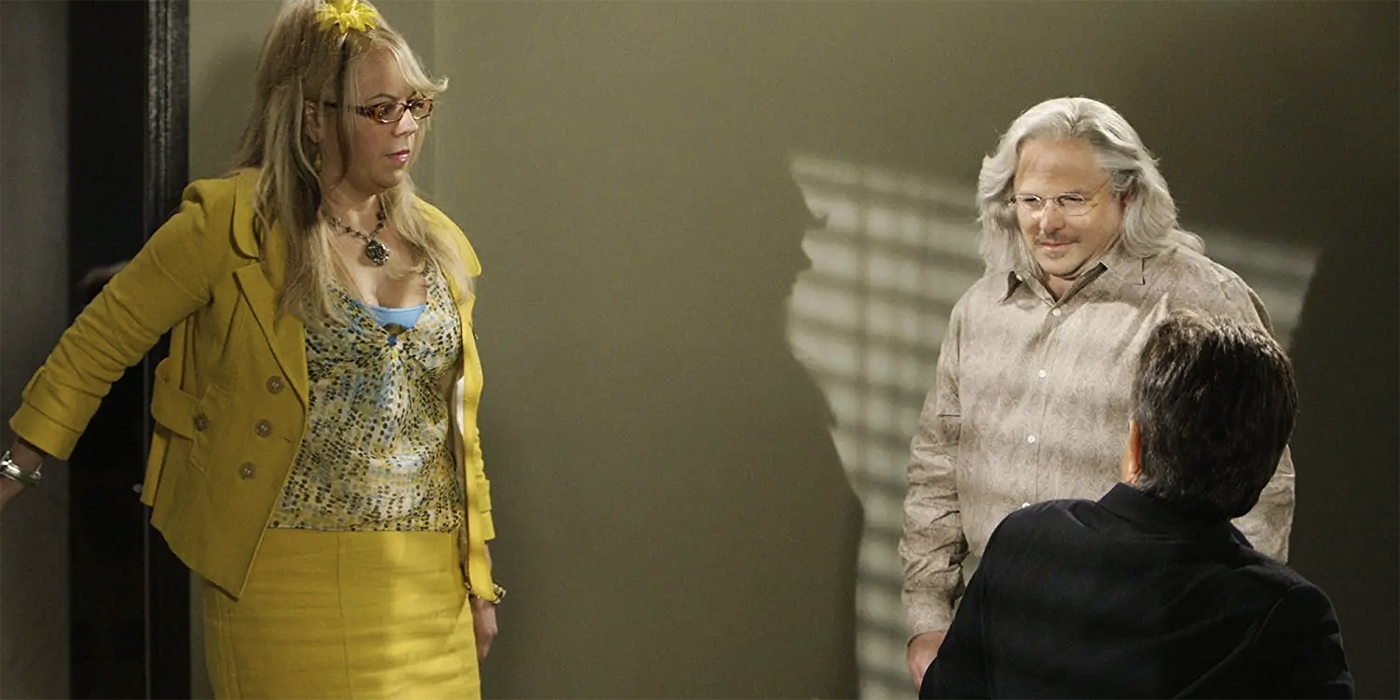
It could have easily been a campy mess. A preening psychopath, with a mane of silver hair and a self-satisfied purr, creating a complex murder puzzle based around the Fibonacci sequence and the Golden Ratio? And the killer is played by George Costanza? Well, no: he's played by Jason Alexander, a veteran character actor whose signature role on Seinfeld was only one part of a multifaceted career. As the narcissistic Henry Grace/Professor Rothschild, Alexander is suitably creepy, circling Agent Rossi (Joe Mantegna) in the interrogation room and murmuring in his ear with an invasive sensuality. But he also brings out a pathetic quality in Grace that's essential to his character: for all his talk of being an intellectual superman, he's closer to petty, insecure George Costanza than anything else. This gets proven to him at the end of the episode, with one hell of a gambit by Rossi that makes the smug professor finally lose his cool.
4. "Sex, Birth, Death" (Season 2, Episode 11)
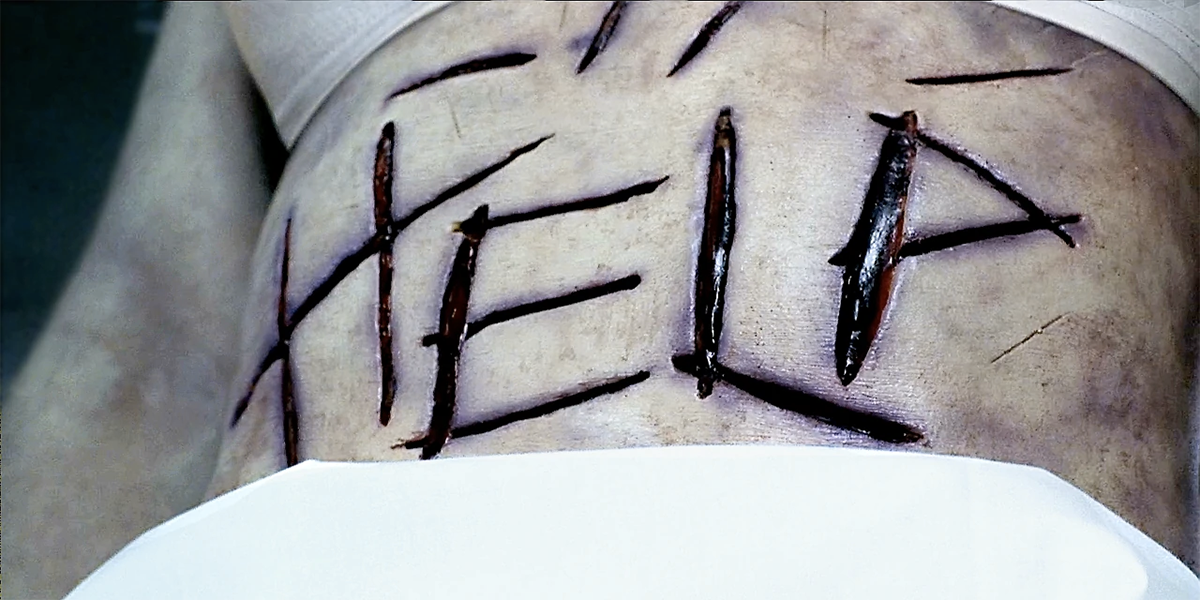
Nathan Harris is not a serial killer. By all rights, he should be: he has murderous urges, and he's clearly struggling to contain them. Most crucially, he is a character on a show where serial killing is a hobby only slightly less common than adult coloring books. But against all odds, he goes through the whole of "Sex, Birth, Death" without killing a single person. He's suspected of being the UnSub, but unusually for Criminal Minds the UnSub's identity is almost beside the point. The episode is all about Nathan, and the sensitive performance of the late Anton Yelchin, as it raises uncomfortable questions. Do evil thoughts make a person evil, or is evil a matter of action? Does the former necessarily lead to the latter? Is it right to treat someone with such a mental illness as a ticking time bomb? How do you treat someone like Nathan Harris, anyway? These are hard questions to answer, but the fact that he doesn't show up as a future UnSub leaves a hint of hope.
3. "Somebody's Watching" (Season 1, Episode 18)
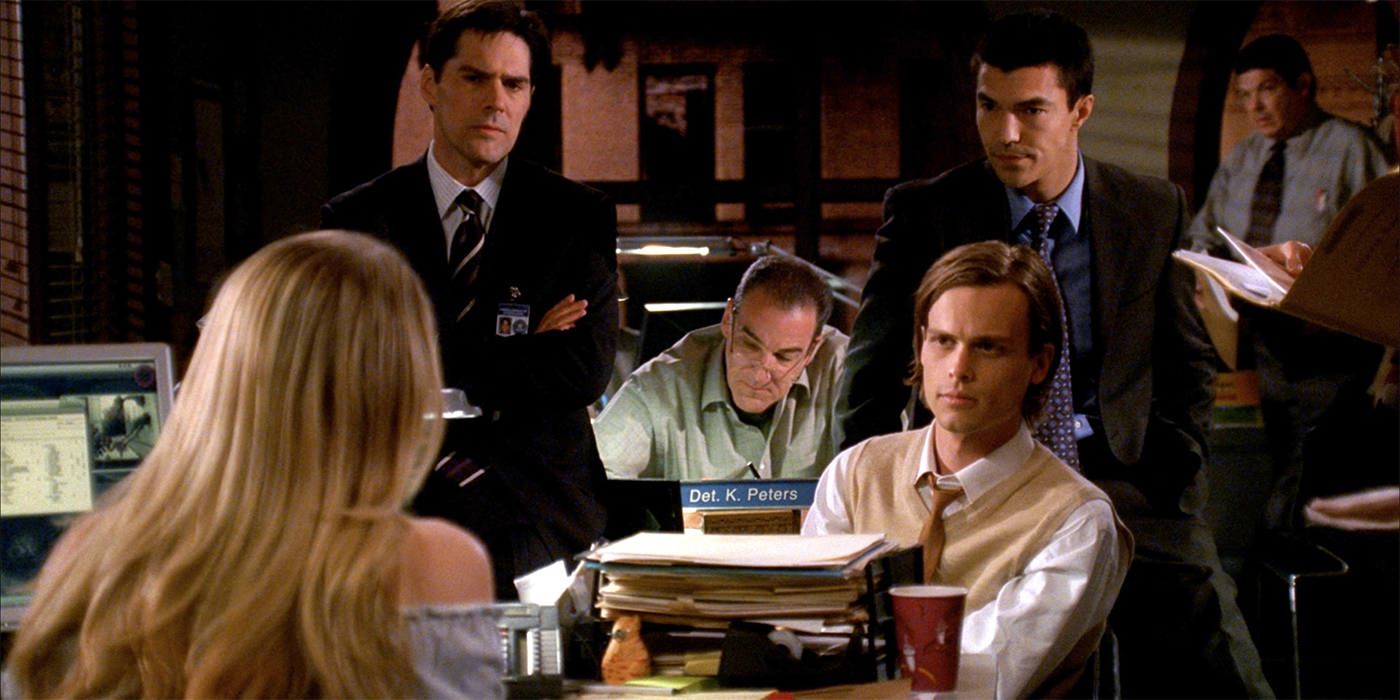
Lila Archer is famous, but not that famous. Her career is on the upswing, but her biggest role to date has been on some show about beach volleyball, and she's passed up for other roles by bigger names. So why does she have someone willing to kill for her? "Somebody's Watching" is a fun, pulpy look at the life of a semi-celebrity, and how exhausting it can be even without the vengeful stalker. The episode has a nicely unpretentious quality: it knows it's not saying anything new, which is not a given for Criminal Minds. Instead, it focuses on the misdirection of who the UnSub might be, before finally revealing them with a sinister phone call that's as campy as it is creepy. It also has the brief-yet-charming relationship between Lila (Amber Heard) and Reid, who was assigned to protect her.
2. "Revelations" (Season 2, Episode 15)
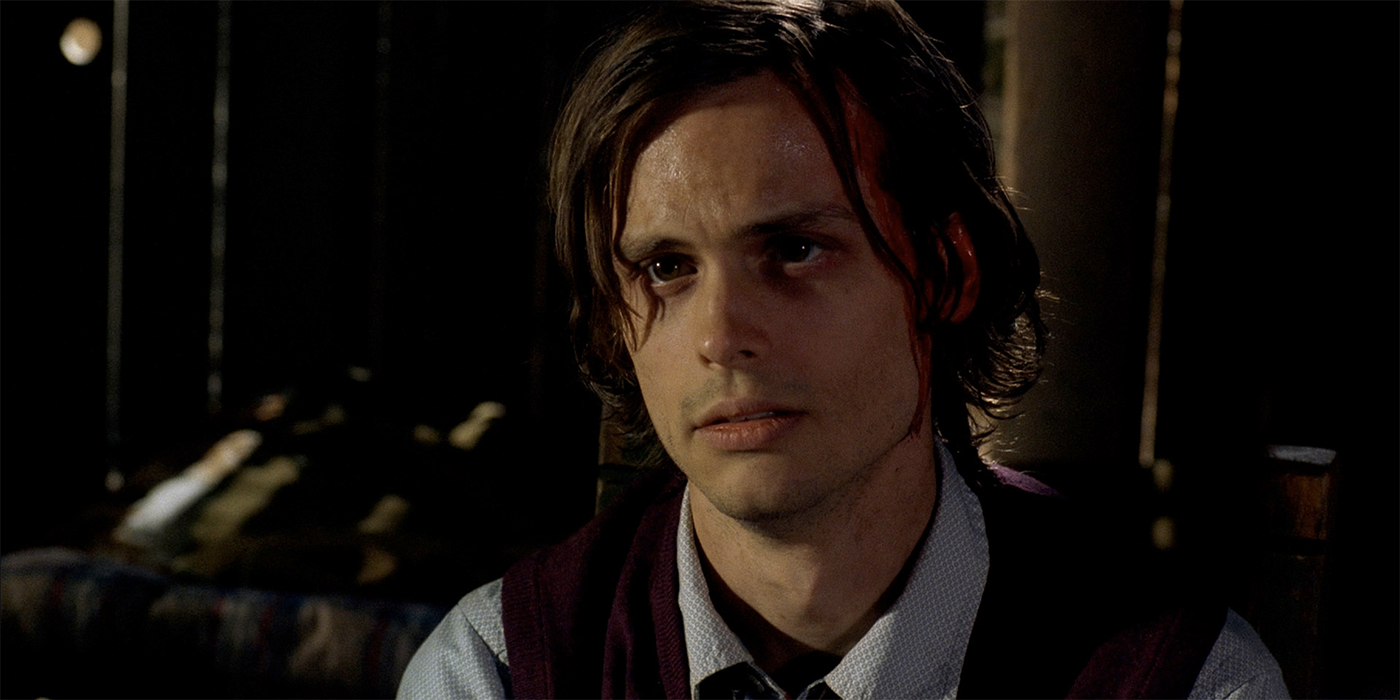
Viewers, even the new ones hooked when the first part of this episode aired after the Super Bowl, had to have known the show wouldn't really kill Reid. He was a main character, after all, and as likable as the rest of the BAU could be, he was easily the most compelling. But that doesn't make "Revelations" any less excruciatingly tense. Reid is held captive by Tobias Hankel (James Van Der Beek), a hyper-religious serial killer with three personalities, two of whom want Reid dead. (The third "merely" gives him a debilitating opioid addiction.) Trapped in a situation that changes every time he tries to adapt, Reid's trauma is unearthed, and he is brought to the brink of oblivion.
Watching him come back from the brink and signal the BAU for rescue is a big part of the episode's thrill. But the central "Revelation" may be Van Der Beek. The former Dawson Leery plays three very different people – a meek boy, his abusive father, and an emotionless archangel – and switches between them with frightening acuity. Many UnSubs are pitiful and fearsome in turn, but few ping-pong back and forth over the course of just one scene. The events of "Revelations" haunt Reid until the very end of the series; thanks to Van Der Beek's performance, it haunts the viewers, too.
1. "Entropy" (Season 11, Episode 11)
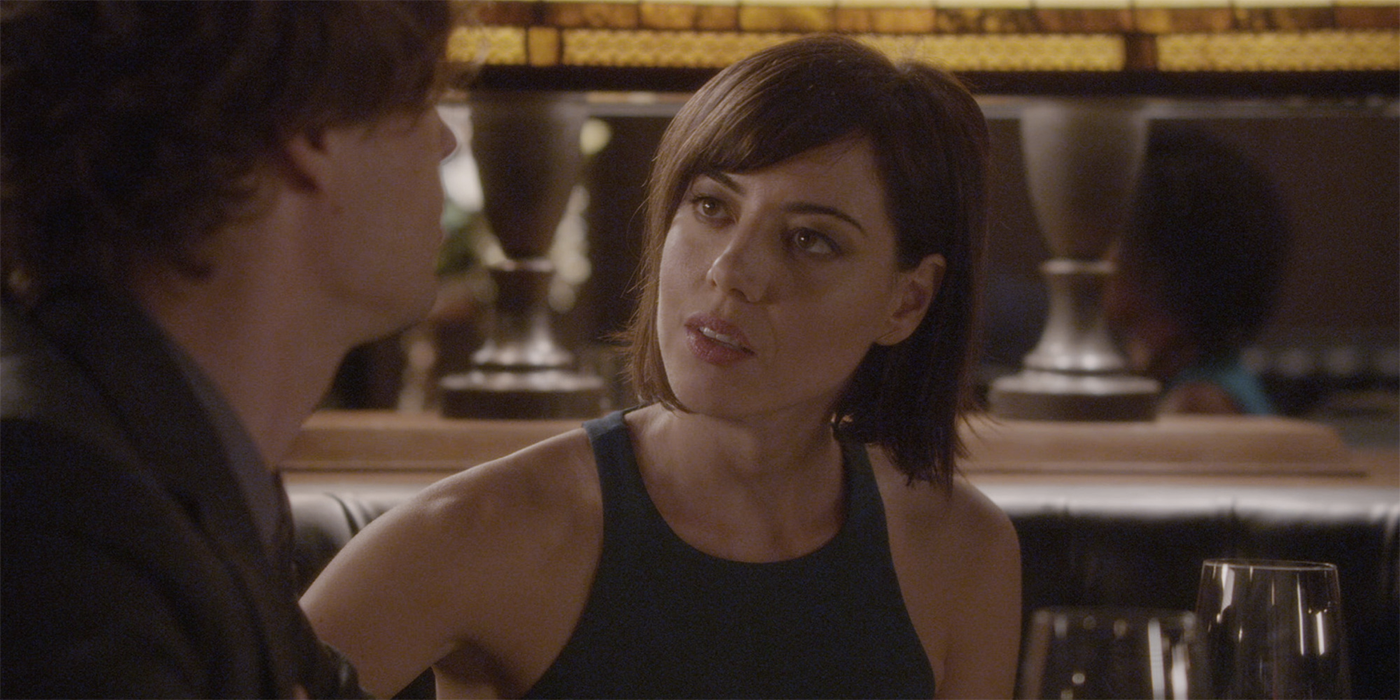
Over the course of Criminal Minds, there have been many recurring UnSubs. Far more methodical and sophisticated than your everyday killer, these were the truly prolific monsters, the ones who got into the BAU's head and made them lose sleep at night. As plot devices, they were effective; as characters, most of them were deathly dull variations on the smug, soft-spoken Hannibal Lecter-type. Hyper-competent and hyper-lucky, few things seemed to faze them until the very end of their arc, and by that point, it was a relief to see them go. The exception, of course, is Cat Adams.
The strange, complicated dance between "Ms. .45" and Spencer Reid made up some of the best episodes of latter-day Criminal Minds. But there's no beating "Entropy," which milked more tension and intrigue from a restaurant table than most other episodes did from a torture dungeon. With Cat aiming a gun at Reid under the table, the two of them become as intimate (and dysfunctional) as lovers. They play mind games. They verbally spar. They admit painful truths. Cat is more than just a smarmy, monologuing villain: she's an equal to the super-intelligent Reid, and capable of things he could never imagine.
It could have fallen apart without Aubrey Plaza. "Entropy" aired in January 2016, before she began dramatic acting in earnest with Ingrid Goes West , and most people still knew her as April Ludgate. Plaza's dramatic career has only grown since then – it wouldn't be a surprise to see her win an Oscar one day – and "Entropy" displays how her talent runs so much deeper than deadpan. Plaza finds notes of fierce wit and repressed sorrow behind the cold femme fatale, but despite flashes of vulnerability, she feels every bit as dangerous as the show claims. Cat Adams would show up a few more times, but "Entropy" was never equaled.
Source: https://collider.com/best-criminal-minds-episodes-ranked/
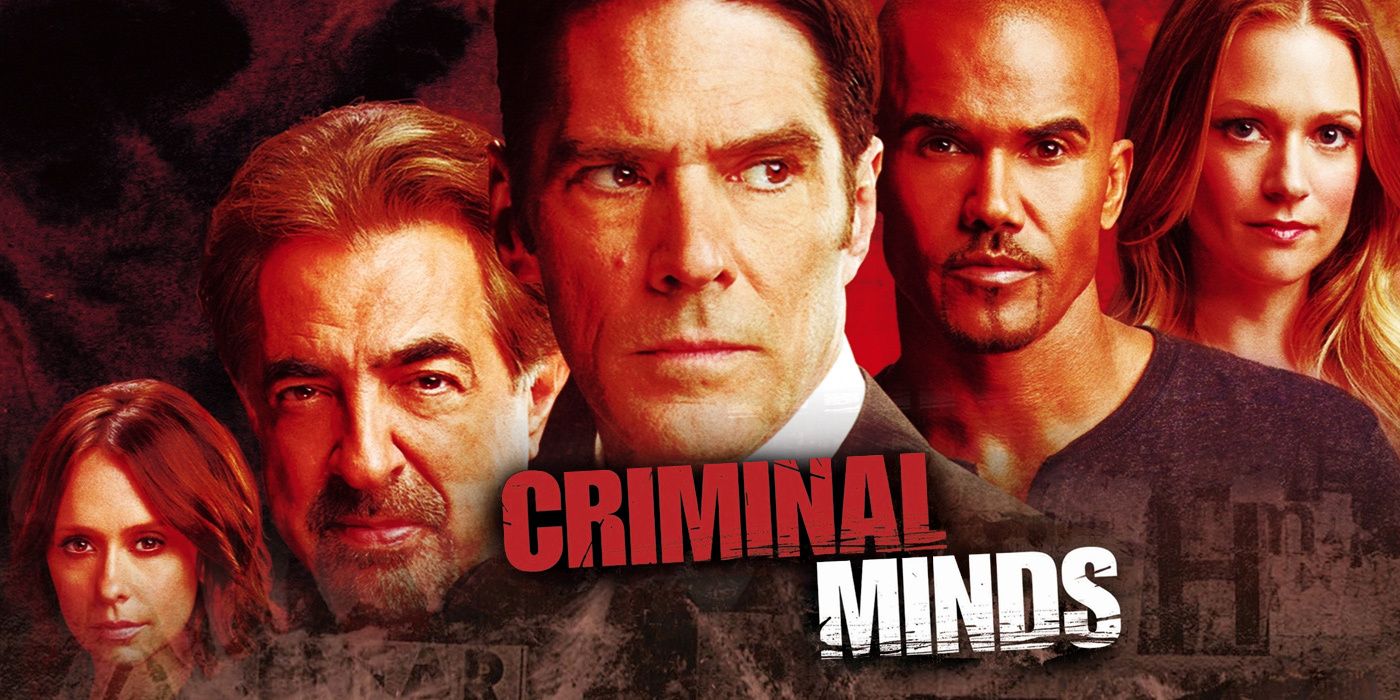
0 Response to "Which Episodes of Criminal Minds Was to Be Continued"
Post a Comment